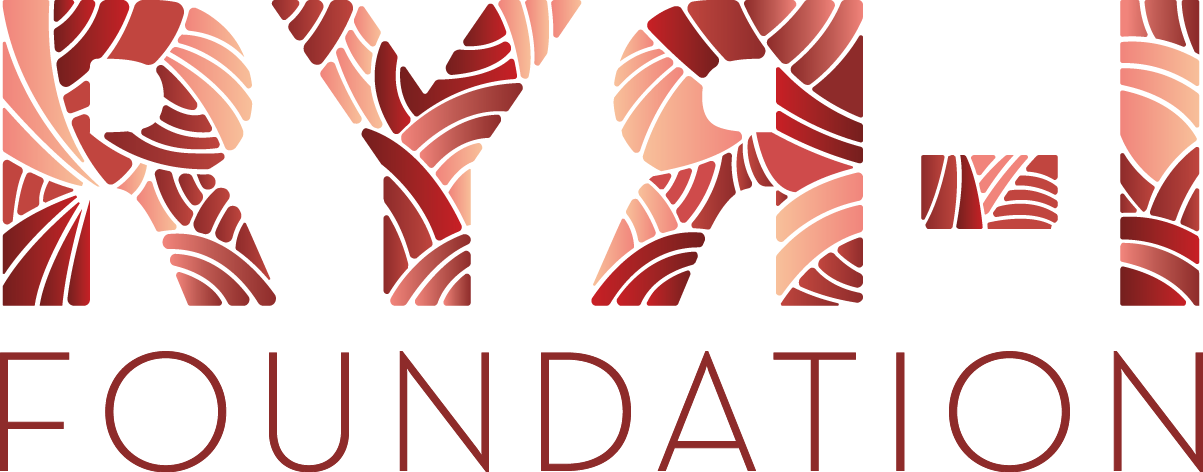
Authors: Heinz Jungbluth, James J. Dowling, Ana Ferreiro, Francesco Muntoni on behalf of the RYR1 Myopathy Consortium
Introduction and Overview
Seventeen clinicians and basic scientists from 7 countries, as well as 4 patient representatives, gathered for the 217th ENMC International Workshop on RYR1-Related Myopathies on 29–31 January 2016 in Naarden, The Netherlands. The skeletal muscle ryanodine receptor (RYR1) gene encodes the principal sarcoplasmic reticulum (SR) calcium release channel (RyR1) with a crucial role in excitation–contraction coupling (ECC). Over the last decade, dominant and, more recently, recessive RYR1 mutations have emerged as the most common cause of non-dystrophic inherited neuromuscular disorders, including various congenital myopathies– central core disease (CCD), multi-minicore disease (MmD) and centronuclear myopathy (CNM), congenital fibre type disproportion (CFTD)– the malignant hyperthermia susceptibility (MHS) trait and exertional rhabdomyolysis (ERM). The present workshop was the 5th ENMC workshop solely dedicated to RYR1-related neuromuscular conditions, including previous ENMC workshops on CCD in January 2001, MmDin May 2000 and November 2002, and the various core and other RYR1-related myopathies in March 2007 and April 2011, respectively.
Following an introduction by Alexandra Breukel, Managing Director of the ENMC, on behalf of all co-organisers, Heinz Jungbluth (London, UK) summarised recent developments in the field of RYR1-related myopathies (RYR1-RMs) and outlined the major themes and objectives of the present workshop. Since the most recent ENMC workshop on RYR1-RMs in 2011, the phenotypical spectrum has expanded further, particularly in relation to RYR1 mutations associated with recessive inheritance, and induced or late myopathic manifestations of dominant RYR1 mutations previously mainly associated with the MHS trait. In addition to advances in the understanding of the disturbances of intracellular Ca2+ homeostasis and ECC underlying dominant RYR1 mutations, novel pathogenic mechanisms in particular underlying recessive RYR1-RMs are emerging. The first pharmacological compounds are currently being trialled based on these observations, and further clinical trials are likely to follow in the near future. As an important step towards the translation of research findings into patient benefit, the RYR-1 Foundation (www.ryr1.org) was recently established as a support and advocacy group for individuals affected by RYR1-related conditions and their families. Following the introduction by the organisers, Mike Goldberg and Jennifer Ryan from the RYR-1Foundation (Pittsburgh, USA) provided a unique patient and family perspective on RYR1-RMs, and how their RYR-1 Foundation was established.

